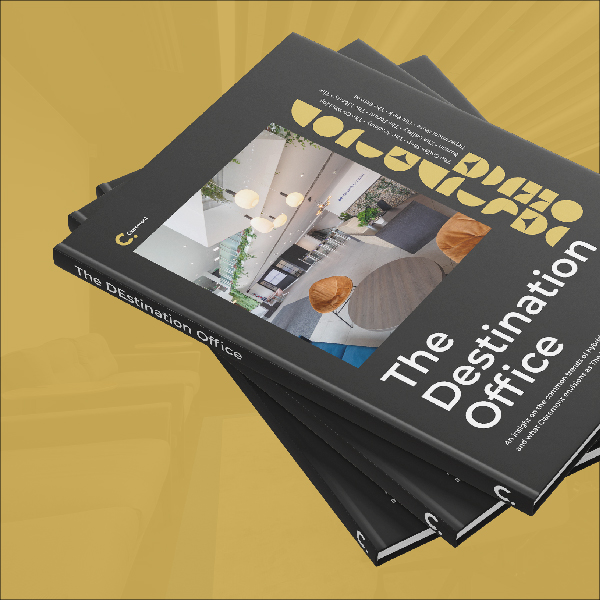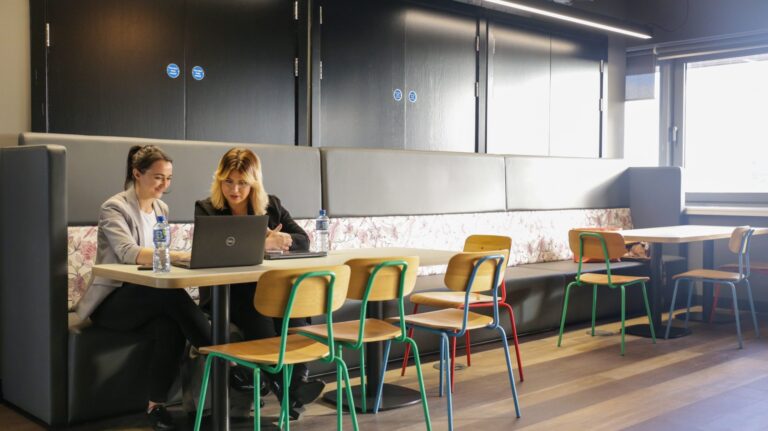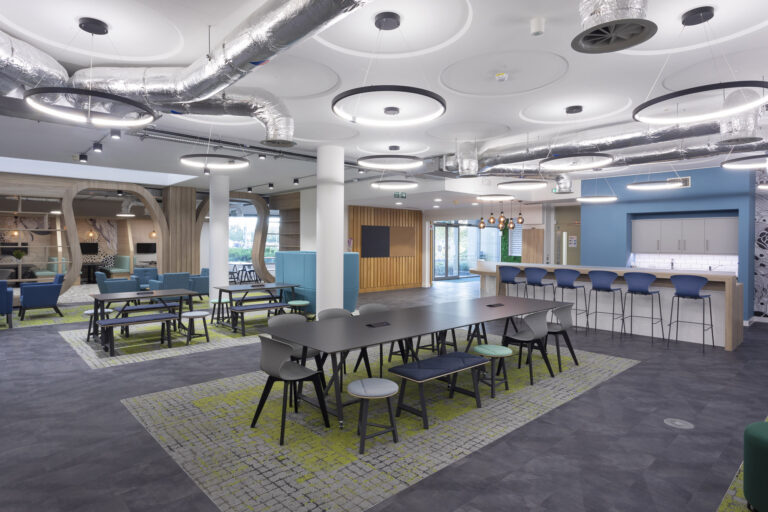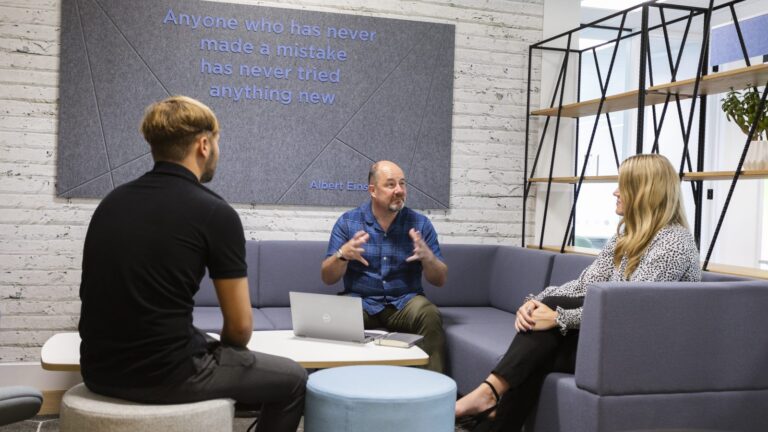
Office Interior Design and The Individual Experience.
Date
20 December 2021
Read length
6 min
After 20 months of unprecedented change, businesses are fast realising the need to reinvent the workplace. The saying ‘we’re all in the same storm but not the same boat’ resounded throughout the pandemic and it put the focus squarely on the validity of personal experience. No longer a homogenous mass of people with the same needs – we are a distinct set of individuals users, each with our own working wants and habits.
Meet Conor, Irie, Mark & Shona
Our own consulting experience has allowed us to translate the experiences of the last year into four typical employee personas – new starter Conor, working parent Irie, contact centre worker Shona and remote worker Mark.
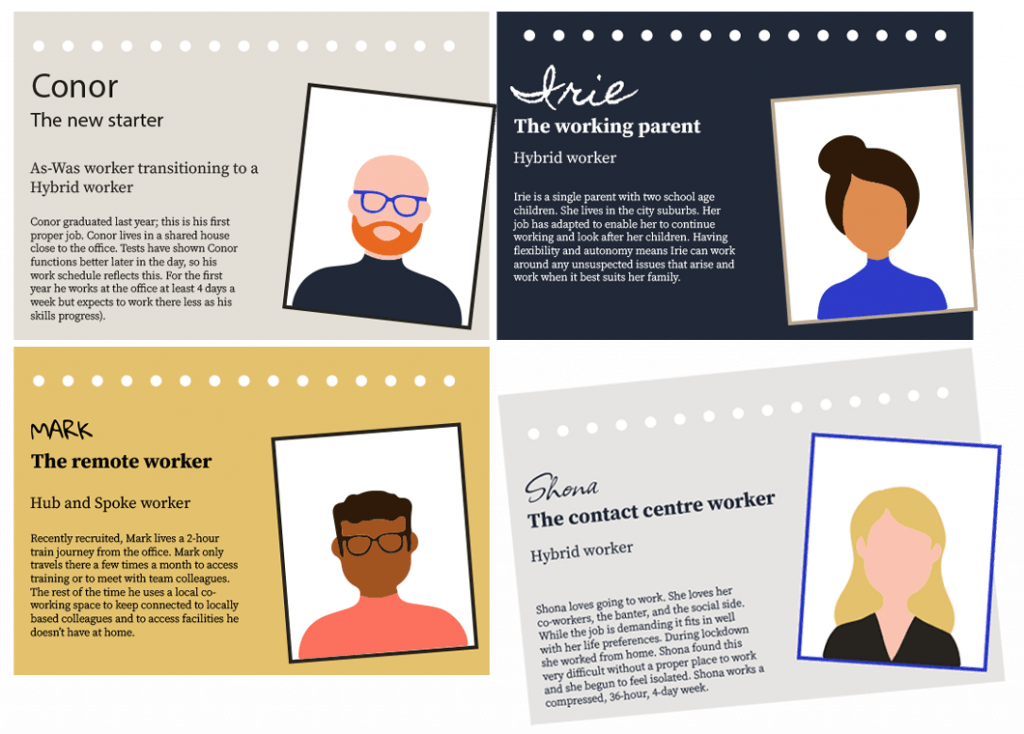
For Irie, greater flexibility trumps the typical 9-5 and allows her to make her parental and work responsibilities fit together seamlessly. Shona’s desire for sociability and belonging in the office is shared by Mark. Shona experiences this in a centralised office with some regularity, while Mark is more likely to visit a local coworking space than head office. For Conor, a newcomer to the working population, the expectation is he’ll become a hybrid-worker in time. For now he’s using the office to facilitate learning and forge connections with others.
These personas highlight how very different the ideal work experience is for each of us. It’s clear that nine-to five no longer suits everyone, being with others is a shared requirement and that individuals’ needs eb and flow so the act and place of work must do the same. Perhaps most crucially, it shows what the office has to become, where its value lies and how office interior design must respond.
Priorities, Foundations & Variety
According to our research, the top five budget priorities for FMs embarking on workplace change are technology (14%), informal areas to collaborate (10%), social spaces to meet and relax with colleagues (8%), quiet and confidential spaces (8%) and areas for wellbeing (8%). In workplace terms this can be translated into four key types of amenity – spaces for: focus and process, collaboration and meeting, knowledge and learning and socialising and restoration.
Future flexible workplaces will use these insights to ensure they offer comfort and efficiency as well as three other factors. The first is trust. Employees must feel empowered and trusted to work as they desire – without it, even the most agile workspace won’t deliver. The second is the technology required to enable the seamless use of a workplace by a transient population such as digital ways to book meeting rooms, parking and desks. The third consideration is choice, as choice underpins comfort. This requires the provision of work settings to suit different tasks and user preferences, as well as catering for comfort needs such as providing showers and wellbeing facilities, and diversity, inclusion, belonging and equity.
The Destination Office
This term refers to the idea that workplaces must become destinations and offer compelling reasons to visit – largely by providing the experiences that people can’t get working from home. Destination offices achieve this by offering variety in order to deliver an experience, encourage innovation, support development, create a sense of satisfaction, flex as needs change and support social activity.
For FMs keen to curate desirable and efficient workplaces that appeal to our post-Covid behaviours – it pays to understand and incorporate the eight key components of the destination office:
- Library –The home for an organisation’s knowledge. This might be physical storage for reference materials or a quiet place for study.
- Forum – A multi-use and adaptable space, designed to help bring organisations together as a whole in townhall gatherings, informal meetings and company social events.
- The coffee shop – The convivial social heart of an organisation – a place to meet and mingle, forge connections and friendships.
- The department store – A resource hub, where services such as IT, HR and FM are easily accessed. It can be a place for trouble-shooting and discussing changing workplace protocols.
- Academy – A combination of formal, informal and tech-rich spaces for learning, coaching and mentoring.
- Park – A space with biophilia, health and wellbeing at its heart. Whether inside or outside, these spaces include gyms, garden terraces and calming spaces to relax.
- Gallery – The showcase space for an organisation to communicate its vision, values and purpose to visitors and co-workers.
- Co-working bureau – Shared rather than owned spaces that support specific activities and are flexible, tech-rich and agile.
To ensure that future workplace design offers an optimum experience for everyone, organisations must familiarise themselves with the expectations of Conor, Irie, Mark and Shona. This is crucial to support how work is done, as well as attract and retain the best talent. Hybrid working is now a permanent expectation among the talent pool and FMs are in a unique position to interpret this for the office environment.
To find out more about Covid’s impact on the workplace, download our Legacy Report here.
See how we could help with your new office interior design or office design and build project here
Get in touch
We love nothing better than talking all things workplace and design – got a question, potential project or just need some guidance?
Drop us a note…
